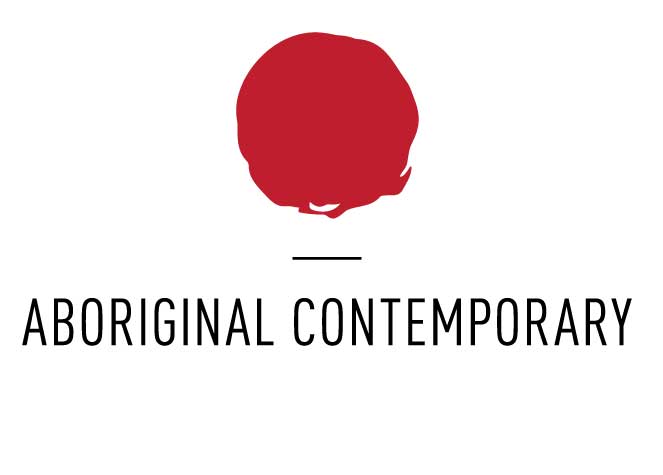
Johnny Warangkula Tjupurrula, Children's Bush Tucker Dreaming, 1972
While some notable work was created by artists from the Hermannsburg and Ernabella communities in the ‘30s and ‘40s, the Western Desert or Papunya art movement of the late ‘60s and early ‘70s is generally considered the beginning of contemporary Aboriginal art as we know it today.
The movement has its roots in changes to the lives of several Aboriginal language groups who were brought together into a settlement called Papunya, about 240kms from Alice Springs. Geoffrey Bardon, a teacher at the Papunya school, sensed the community's dislocation from their traditional ways and encouraged them to paint murals to help instill a sense of ownership and belonging.
A group of Aboriginal men started using paintings and murals to tell their own stories and Dreamings. Bardon supported their work by providing brushes, canvases and paints. In 1972, the artists established the Papunya Tula Artist Collective and an art movement and style emerged that has become an international symbol of Aboriginal art and culture all over the world.
The Museum and Gallery of the Northern Territory has a permanent exhibition called Tjunguṉutja - From having come together. This excellent exhibit re-examines the genesis of the Papunya art movement through the experiences and perspectives of the Aboriginal people involved - people whose stories are often left out of historical accounts.

